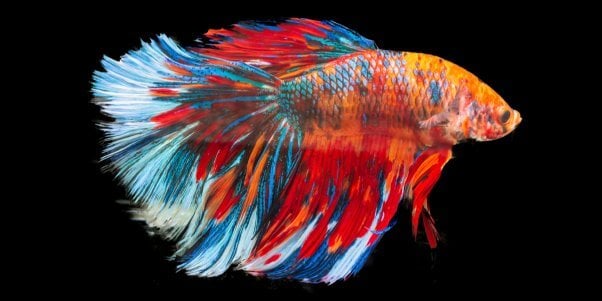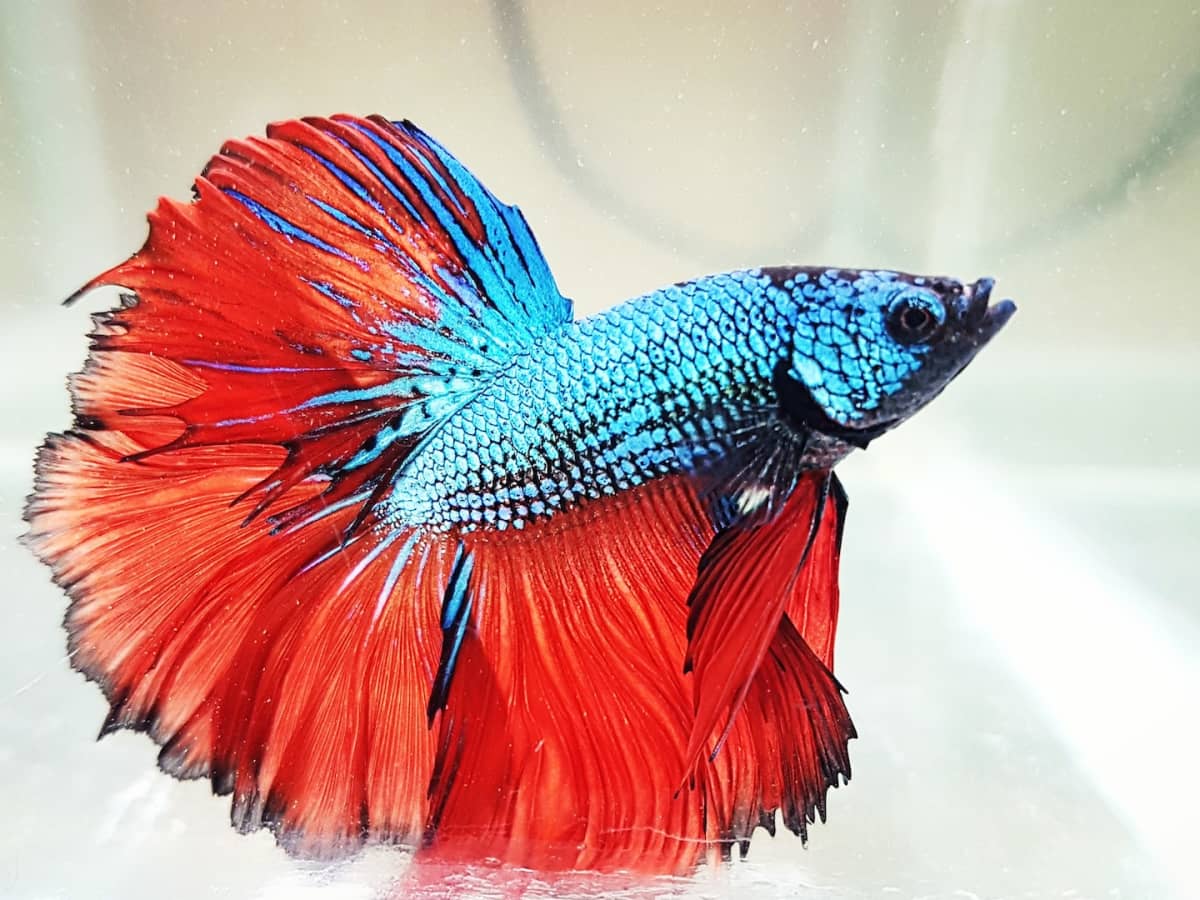Betta Fish Lifespan: Exactly How to Guarantee Your Betta Lives Longer
Betta Fish Lifespan: Exactly How to Guarantee Your Betta Lives Longer
Blog Article
Breeding Betta Fish: a Comprehensive Step-By-Step Overview to Efficiently Raising Baby Bettas From Eggs to The Adult Years
Breeding Betta fish is a thorough endeavor that calls for careful planning and execution to make certain the successful advancement of fry from eggs to grow fish. Choosing genetically diverse reproduction pairs with desirable features is only the beginning; producing an optimum atmosphere and comprehending the complexities of the breeding procedure are equally vital. As the male Betta vigilantly constructs a bubble nest and guards the valuable eggs, the succeeding stages of care and shift demand interest to detail and expertise of ideal practices. Exactly how does one browse the challenging yet rewarding course of nurturing these lively animals to their adult years?

Selecting Breeding Pairs
When getting started on the journey of reproducing Betta fish, choosing the ideal reproduction pairs is critical to accomplishing desirable characteristics and a healthy and balanced family tree - betta fish. The primary step in this process is to recognize the certain characteristics you wish to enhance or protect, such as shade, fin type, and physique. It is essential to choose genetically varied pairs to avoid inbreeding, which can cause health and wellness problems and unfavorable features
Assess possible breeding prospects thoroughly. A healthy male Betta ought to exhibit lively shades, an energetic behavior, and well-formed fins, while the lady ought to also present lively coloration and a rounded tummy, indicating preparedness for spawning. Observing the personality of both fish is vital, as hostile or excessively timid individuals might not breed successfully.
Documents of family tree is just as crucial. Maintaining records of the parent fish's ancestry can assist you track genetic characteristics and potential problems. Additionally, consult credible dog breeders or online sources for assistance on choosing suitable pairs. Eventually, spending time in the option process will substantially boost the probability of creating solid, lively spawn that satisfy your breeding goals (betta fish).

Preparing the Reproduction Tank
Producing an optimal breeding atmosphere is a vital step after selecting ideal pairs for Betta fish. The reproduction tank need to be specifically designed to offer convenience and stimulate the natural reproduction behaviors of the fish. Start with a tank dimension of at the very least 10 gallons to make sure ample room for both the man and female Bettas.
Maintain a mild filtration system to maintain the water clean while avoiding solid currents that can worry the fish. Furthermore, an air rock can be included in provide oxygenation without disrupting the water surface area way too much.
Temperature law is important; go for a steady series of 78-82 ° F(25-28 ° C) using a reputable heating unit. The pH degree should be preserved in between 6.5 and 7.5, and regular water modifications are needed to ensure high water high quality.
Include floating plants or generating mops to produce concealing places for the female, while likewise urging bubble nest building by the male - betta fish. Lastly, ensure the container is complimentary from sharp decors and any prospective threats, as the welfare of the fish must constantly be prioritized during this important stage of reproduction.
The Breeding Process
Usually, the breeding procedure for Betta fish includes a collection of distinctive and visible actions that show preparedness for recreation. The male Betta starts by building a bubble nest at the water's surface area, which offers as a website for the fed eggs. This nest is critical, as it provides a secure setting for the eggs until they hatch.
Once the nest is developed, the man will certainly show courtship habits, such as flaring his fins and exhibiting vibrant shades to draw in the lady. The lady, upon picking up the man's preparedness, will certainly respond by showing vertical stripes along her body, signifying her receptiveness.
When the women strategies, the male participates in a breeding dance, commonly causing an accept referred to as the "spawning." During this welcome, the woman releases her eggs, which the male fertilizes instantly. The fertilized eggs after that fall to the her response bubble nest, where the male carefully accumulates and returns them to the nest. Following this, the male thinks obligation for protecting the nest and guaranteeing the safety of the eggs till they hatch, typically within 24-36 hours. This phase is vital in the breeding procedure, laying the foundation for successful fry growth.
Taking Care Of Betta Fry
Caring for Betta fry calls for mindful interest to their atmosphere and nourishment to make sure healthy and balanced growth and growth. After hatching, Betta fry are very small and prone, necessitating a steady and clean environment. Maintaining a water temperature level in between 78 ° F and 80 ° F is vital, as Betta fry thrive in warm problems. In addition, make sure that the water is free of damaging toxins; routine water adjustments of 10-20% are recommended to preserve ideal water top quality.
Feeding Betta fry is just as crucial. Feed them small amounts numerous times a day, being mindful not to overfeed, which can lead to water top quality problems.
Transitioning to Adult Bettas
As Betta fry mature, transitioning them to adult Bettas is a vital stage that calls for cautious administration of their atmosphere and social interactions. This procedure typically starts when the fry get to around six weeks of age, whereupon they can be slowly introduced to a more organized living setting.
To facilitate this shift, it is vital to make sure that the water specifications-- such as temperature, pH, and ammonia degrees-- are ideal and secure. Adult Betta fish grow in cozy water (around 78-80 ° F) with a pH of 6.5 to 7.5. Gradually accommodate the fry to these conditions to decrease tension.
Social communications are one more vital factor; male Bettas are notoriously territorial and hostile. It is advisable to different men into private containers as they mature. Women Bettas can be housed together, however treatment should be taken to keep an eye on for indicators of hostility.
Furthermore, nutritional modifications must be made as the fry expand. Include high-grade pellets and live foods to support their growth and wellness. By handling these elements successfully, you can advertise an effective shift to their adult years for your Betta fish.

Verdict
Successful reproduction of Betta fish calls for careful focus to detail throughout the entire procedure, from picking genetically varied sets to giving optimal look after fry. view it now By making sure ideal breeding problems and keeping water high quality, the likelihood of healthy and balanced offspring increases considerably. Furthermore, a balanced diet plan and progressive adaptation to adult environments are essential for the growth and development of Betta fish. Adhering to Full Report these steps carefully promotes a flourishing populace of Betta fish, boosting both their wellness and vigor.
Report this page